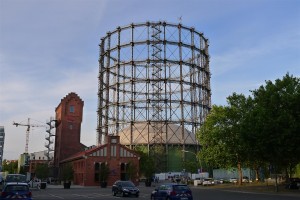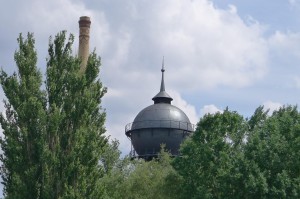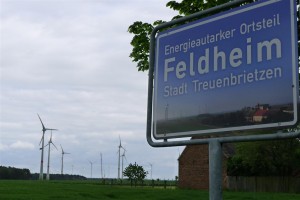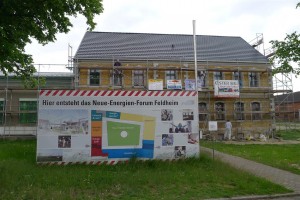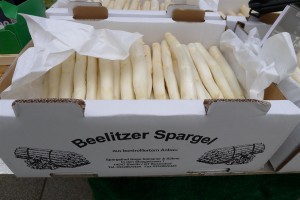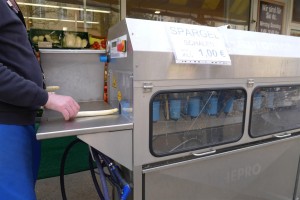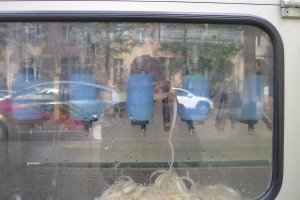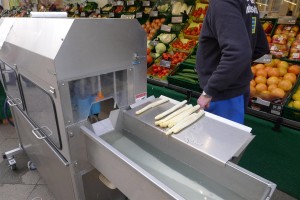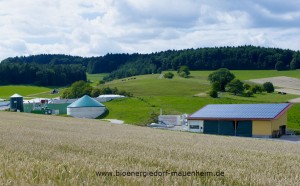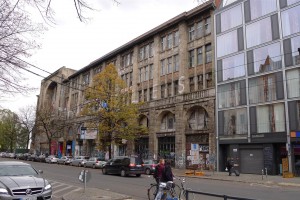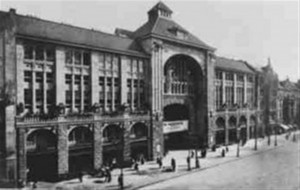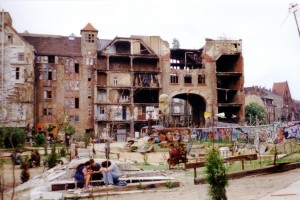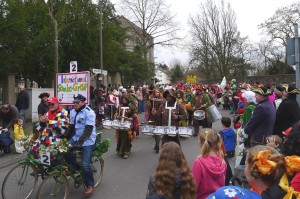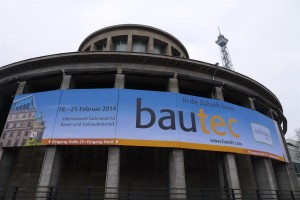I am writing this post at 38,000 feet, on my flight home to the United States. I am excited to be heading back to family and friends, and to new opportunities for work. But I already feel Sehnsucht, a nostalgic yearning, for Berlin. The “poor but sexy” city (no longer quite so) has gotten under my skin like a tattoo.
This has been a wonderful year for Annette, our daughters and me. Our horizons have been broadened with all that we have had the opportunity to see, do and learn.
Mamta is nearly fluent in German, having attended the third grade at our local elementary school. She has several close friends here, and is planning to join the Klassenfahrt, or annual class trip, next June when her current classmates will be finishing fourth grade. Leaving Berlin is not easy for Mamta. She will particularly miss her friends, and her Berlin-based cousins Jacob, Ellie and Jonas.
Rani rose to the academic challenge of a new high school, where she also has a solid group of friends. She is planning to return to Berlin after summer vacation for her final year of high school. Rani and her friend Miranda are currently looking for an apartment together. I am still coming to grips with the notion that this year in Berlin was our last with Rani as a minor. She turns eighteen in October.
Annette succeeded in keeping her engineering business on track during our year abroad. The clients with whom she worked were all in New England, and they either forgot that she was an ocean away, or didn’t care. Annette made sure that we took good advantage of the many cultural opportunities available in Berlin. We will both miss living within biking distance of three opera houses, dozens of movie theaters, and Bar Jeder Vernunft. We all enjoyed spending time with Annette’s family in Germany, but I think it was especially nice for her, after having lived in the US for fifteen years.
For my part, I learned much about Germany’s Energiewende, had numerous articles published as Green Building Advisor’s “European Correspondent,” and improved my German substantially. More so than at home in Walpole, I had the time and flexibility during this “sabattical year” to do things with Rani and Mamta. And Annette and I enjoyed new activities together, including jogging in the Grunewald park, playing tennis at our local club, and biking throughout the city.
We did not make time to do all the things we had considered or hoped for. Some day we would still like to go roller blading at Tempelhof field, sip tea at the Literaturhaus cafe, and kayak on the Landwerkanal. It turns out that a year is not a long time to get to know a city like Berlin. But this means we have plenty to look forward to on future visits.
While I am excited and also curious (what does the future hold?) to be returning home, the main emotion I am feeling is gratitude. I am thankful to Annette for being from such a cool country, and for supporting us while we were there. I am thankful to our daughters for being willing participants as we uprooted them from Walpole (where we all were quite happy) and plunked them down in Berlin. Other family members also deserve thanks. We had wonderful experiences with Annette’s parents, her sisters and their families. And back on the home front, my siblings helped out each other and my parents, who graciously did not complain once (at least not to me!) about our being absent from the house next door.
While traveling or living in another country offers much to appreciate, my favorite aspect is the heightened sense of awareness that naturally arises. I felt this most acutely during our first few weeks in Berlin. Although we had previously spent time in the city, moving there to live made everything seem new and different and exciting. I brought my camera everywhere, because so much of what I was seeing seemed noteworthy. That sense of newness, the “beginner’s mind” in which all things are possible, faded slowly as the months passed. Our daily life in Berlin became more routine. What had seemed foreign became familiar.
Some weeks ago, I noticed once again that my awareness of the city was sharpened, only this time it was because I was trying to soak in all that I could before leaving. I would bike the long way from Point A to Point B, just to experience streets I had not yet been on. That feeling of Sehnsucht, of longing — in this case, for something that was not yet gone — colored my trips through the city.
I am now wondering whether, upon returning to Walpole, I will feel some of that same sense of newness that I felt when we moved to Berlin. I expect that our home community will feel familiar but different. If that’s so, we won’t know how much has changed in our absence, and how much our being away has changed us. T. S. Eliot writes in Four Quartets,
We shall not cease from exploration
And the end of all our exploring
Will be to arrive where we started
And know the place for the first time.
Or, at least to see it with a new perspective.
Thanks to all who visited this blog. I look forward to the possibility of future Snapshots from Berlin.

